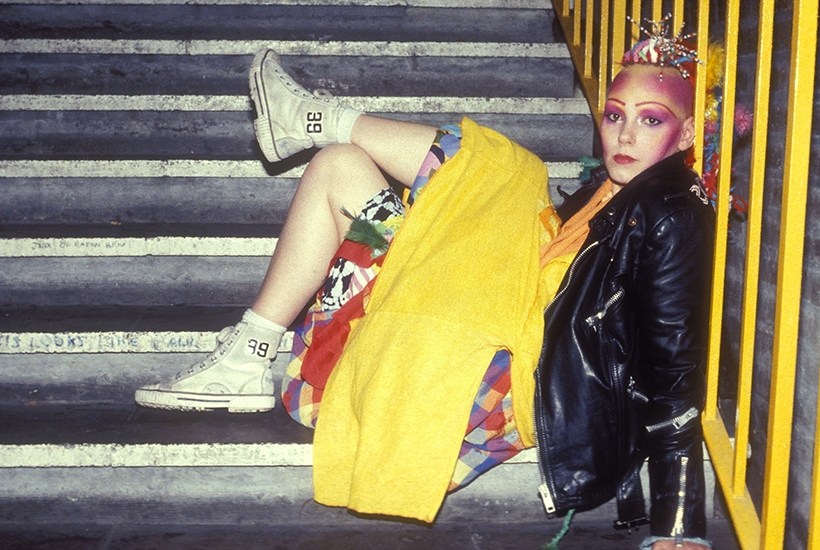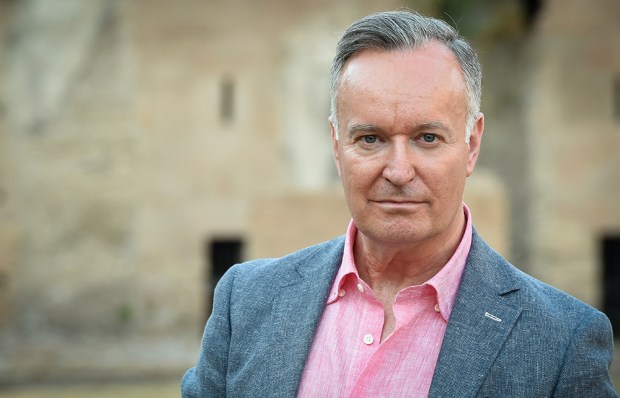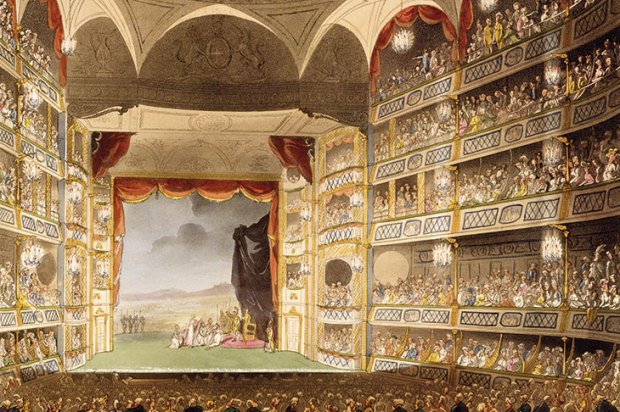In a 1923 book called Echo de Paris, the writer Laurence Houseman attempted to conjure up in a very slim, elegant volume the atmosphere and especially the conversation of an afternoon a quarter century earlier that he had spent in the company of the exiled Oscar Wilde. It was a conscious act of imaginative recreation, seeking to place the reader at the same boulevard table alongside the participants. As the author explained in his introduction:
The scene, as regards its setting — the outside of a Paris restaurant — is true to history; and if, toward the end, a touch of drama has been introduced, the reader will understand that it is more symbolic than actual.
Michael Bracewell’s new work looks back across an even greater span of years, evoking the London of four decades ago in impressionistic and allusive prose that intentionally reads at times like poetry, or an experimental novella: history recalled in non-fiction that mimics fiction. This is a lost world as seen through the eyes of Blitz club regulars, ICA bookshop frequenters, readers of the Face and I.D. magazine — young people drawing inspiration from the likes of William Burroughs and Guy Debord, the residual energy of punk and glam rock, Weimar Berlin, or the newer electronic sounds of Soft Cell and Throbbing Gristle, gatecrashing Notting Hill parties where they meet random strangers such as the man deftly skewered in Bracewell’s clipped description: ‘In a band, in a commune in Kreuzberg; Kurt Schwitters; industrial Dada; runic tattoos; fuck the police.’
Despite the self-imposed timespan of 1979-1986, the episodic narrative often jumps back and forth between those years and the previous decade in order to highlight changes in the city’s architecture, the gradual dawn of computerisation or the myriad effects of the mid-1970s punk upheaval. Yet it seems strange to claim at one point that Martin Green’s 1976 book Children of the Sun — a study of the intertwining lives of various men in the upper-middle-class social circle of Harold Acton, such as Waugh, Auden, Spender and the traitors Burgess, Philby and Maclean —was ‘adopted as a suburban punk manual’. The DIY teenagers in ripped and slogan-sprayed charity shop clothing who sprang up in response to the Clash or the Sex Pistols drew inspiration from a much wider range of sources than is often assumed, but in the 45 years since my own days as a suburban punk in Portsmouth I have never heard anyone cite Green as aninspiration.
This, however, is a very personal book, and it is hardly necessary to understand every reference to enjoy the journey; but a number of Bracewell’s specific memories of the early 1980s resonated with me. During the time in question I worked near Tottenham Court Road Tube station, on Charlotte Street, then Wardour Street. I drank in semi-legal after-hours joints nearby, bought records at the newly opened Virgin mega-store (which is lovingly described here), and went dancing at Soho clubs such as the Batcave or Replicant, where the DJ would finish the evening by playing Bowie’s version of Jacques Brel’s ‘My Death’.
Marc Almond — who is referenced often in Bracewell’s book — lived in the middle of all this near the Raymond Revue Bar, and I would sometimes catch sight of him in the street during my lunch breaks, in those last years before the area gradually filled up with a very different kind of people, who seemed to have based themselves non-ironically on Harry Enfield’s 1980s television comedy figure Loadsamoney.
By the close of that decade, much of the underlying grit and individuality of this and other London districts which Bracewell celebrates was already starting to be wiped away, their rough edges sandpapered down as business rates increased and the yuppies inherited the Earth. As he remarks at one point about Docklands, ‘the ragged grey phantoms of a meaner, poorer, colder London have fled, as if at pale daybreak’.
Throughout, the imagery is precise and carefully judged, whether describing a vintage-flavoured gentleman’s tailors on Sicilian Avenue (‘the house models should be Aldous Huxley and Louis MacNeice’), or early 1970s left-over hippies (‘placid long-haired couples baking bread, restoring Eden in Paddington or Maida Vale’). Not a conventional history with a beginning, a middle and an end — let alone one following Samuel Goldwyn’s pithy advice for storytellers: ‘Start with an earthquake and then build up to a climax’ — Bracewell’s book is fittingly named. It is a souvenir of the spirit of a particular London which existed for a while in the lives and enthusiasms of a certain rarefied section of its population, and, taken on its own terms, it succeeds very well.
As the producer Mark Hellinger said over the closing frames of his perhaps most famous film noir in 1948: ‘There are eight million stories in the Naked City. This has been one of them.’
Got something to add? Join the discussion and comment below.
Get 10 issues for just $10
Subscribe to The Spectator Australia today for the next 10 magazine issues, plus full online access, for just $10.
You might disagree with half of it, but you’ll enjoy reading all of it. Try your first month for free, then just $2 a week for the remainder of your first year.














Comments
Don't miss out
Join the conversation with other Spectator Australia readers. Subscribe to leave a comment.
SUBSCRIBEAlready a subscriber? Log in